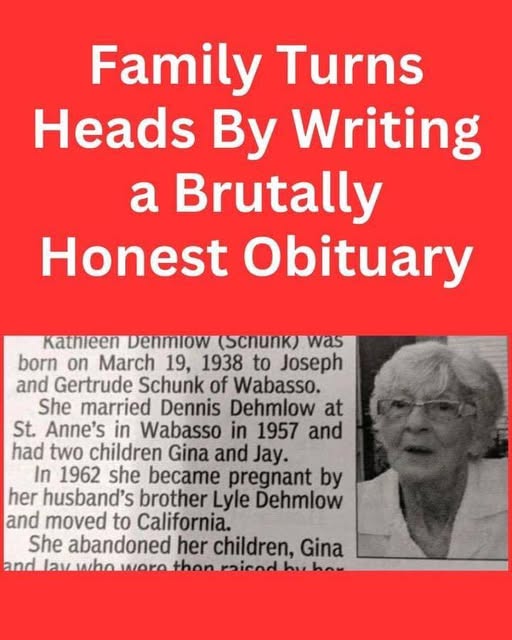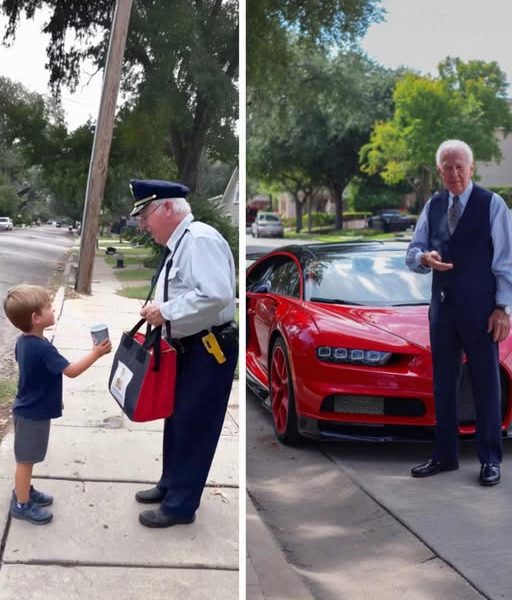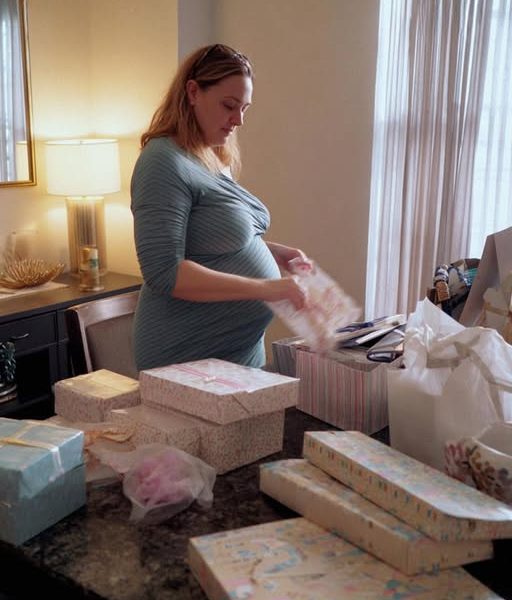When an obituary for Kathleen Dehmlow broke from tradition to detail a family estrangement, it did more than announce a death; it unveiled the psychology of unresolved grief. Most obituaries serve as a social script, summarizing a life in positive, socially acceptable terms. This one broke that script, offering a rare glimpse into the reality that not all family relationships are mended by time, and not all endings are neat. Its power lay in its defiance of the norm, giving voice to a pain that many families experience but few acknowledge publicly.
The public’s divided reaction was a case study in our collective discomfort with ambiguous loss. Some readers applauded the honesty as cathartic, a necessary release from the pressure to perform “appropriate” grief. This perspective views such truth-telling as a step toward healing, a way to reclaim a narrative. Others condemned it, reflecting a deep-seated belief that death should absolve all sins and that family conflicts should remain private. This clash reveals our societal struggle to handle the messy, unresolved aspects of human relationships, especially when death removes the possibility of future reconciliation.
The subsequent revelation from a family member that Kathleen had regrets added a critical layer. It illustrated the complex dynamics of estrangement, where hurt, pride, and time can create chasms too wide to cross, even when there is a desire on both sides. This part of the story speaks to the profound tragedy of severed bonds—the what-ifs and the silent suffering that can continue for decades.
The obituary’s journey from a local paper to a global talking point underscores a universal truth: family wounds are deep and complicated. Its legacy is a challenging invitation for introspection. It asks us to consider how we handle our own familial hurts and what we truly believe about forgiveness. Does it require reconciliation? Or can it simply be the acknowledgment of a painful truth, released into the world as a form of closure? This obituary didn’t provide answers, but it validated the complexity of the questions.


